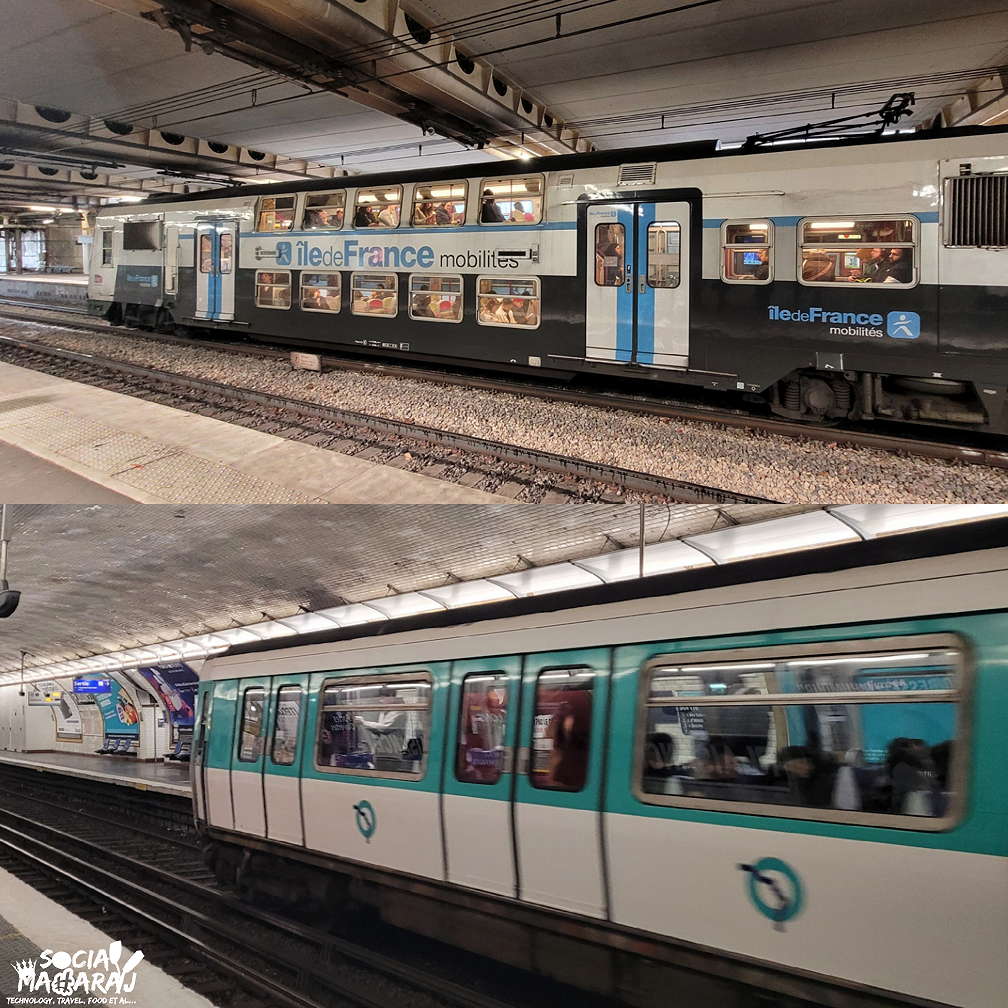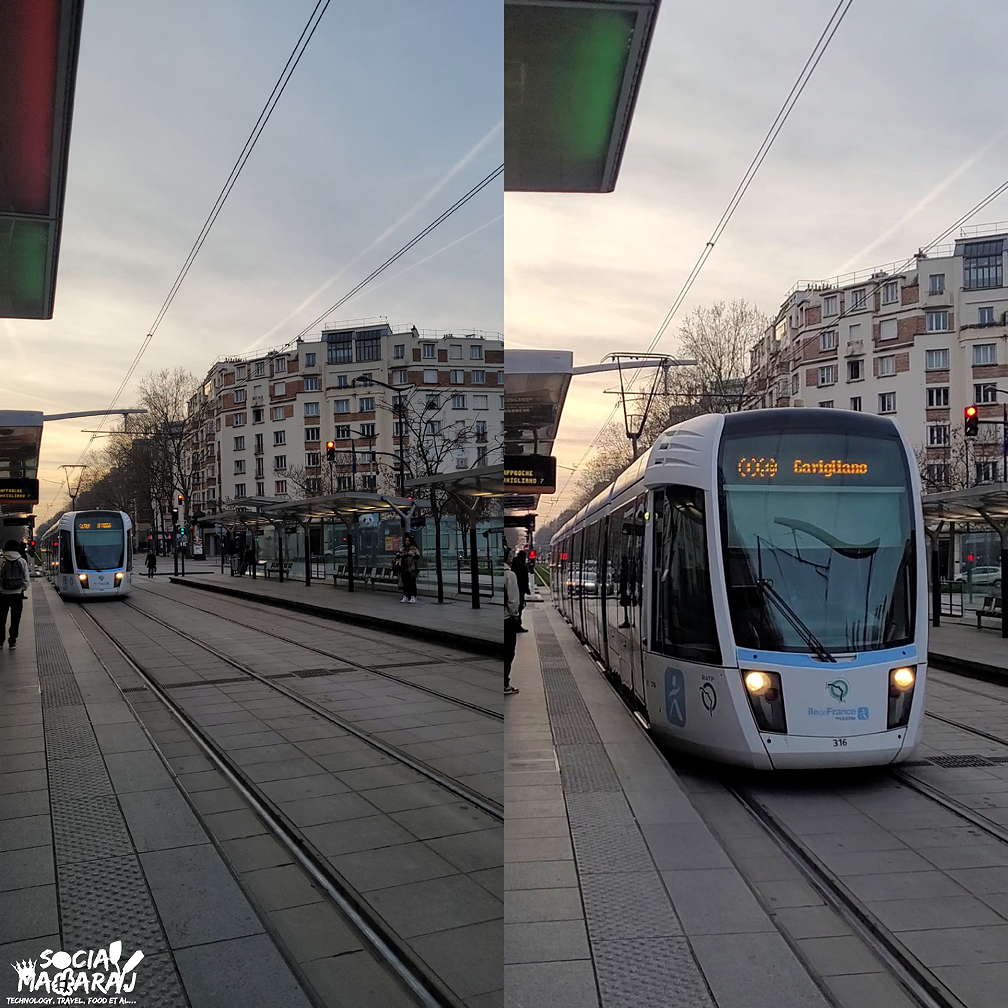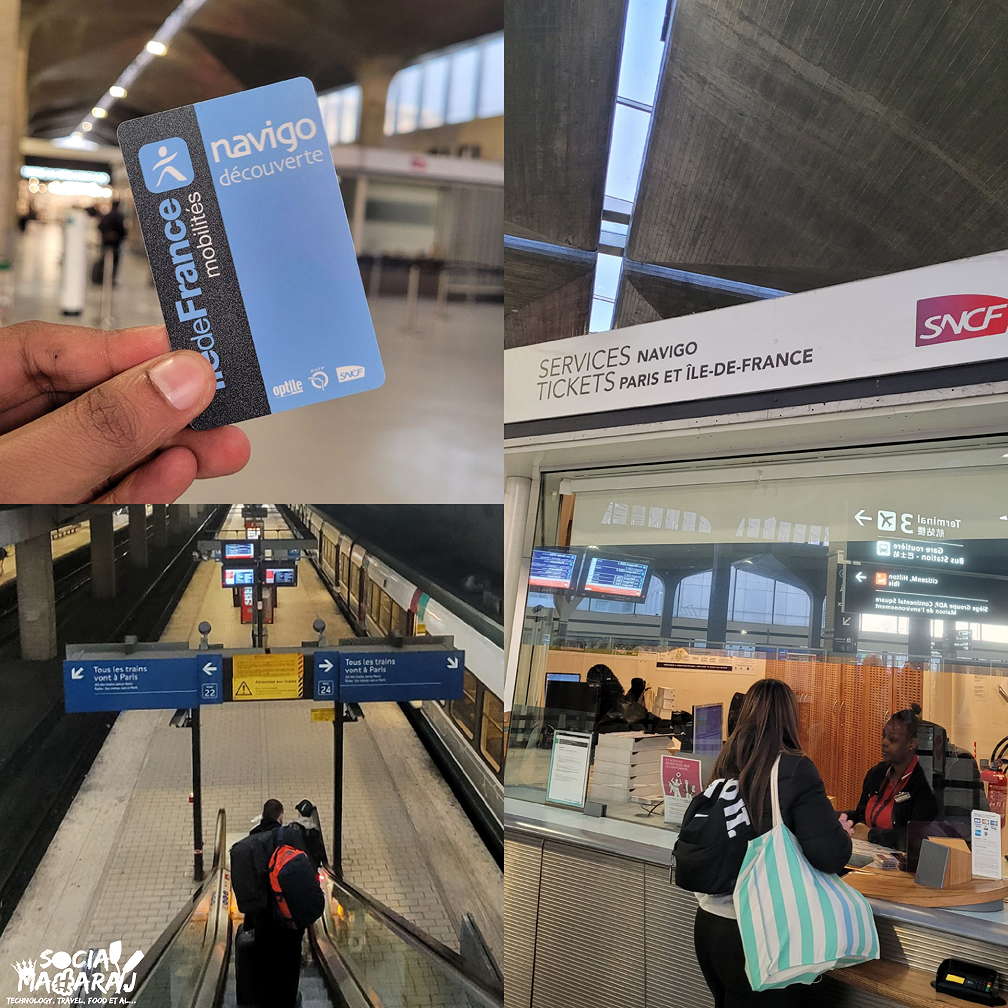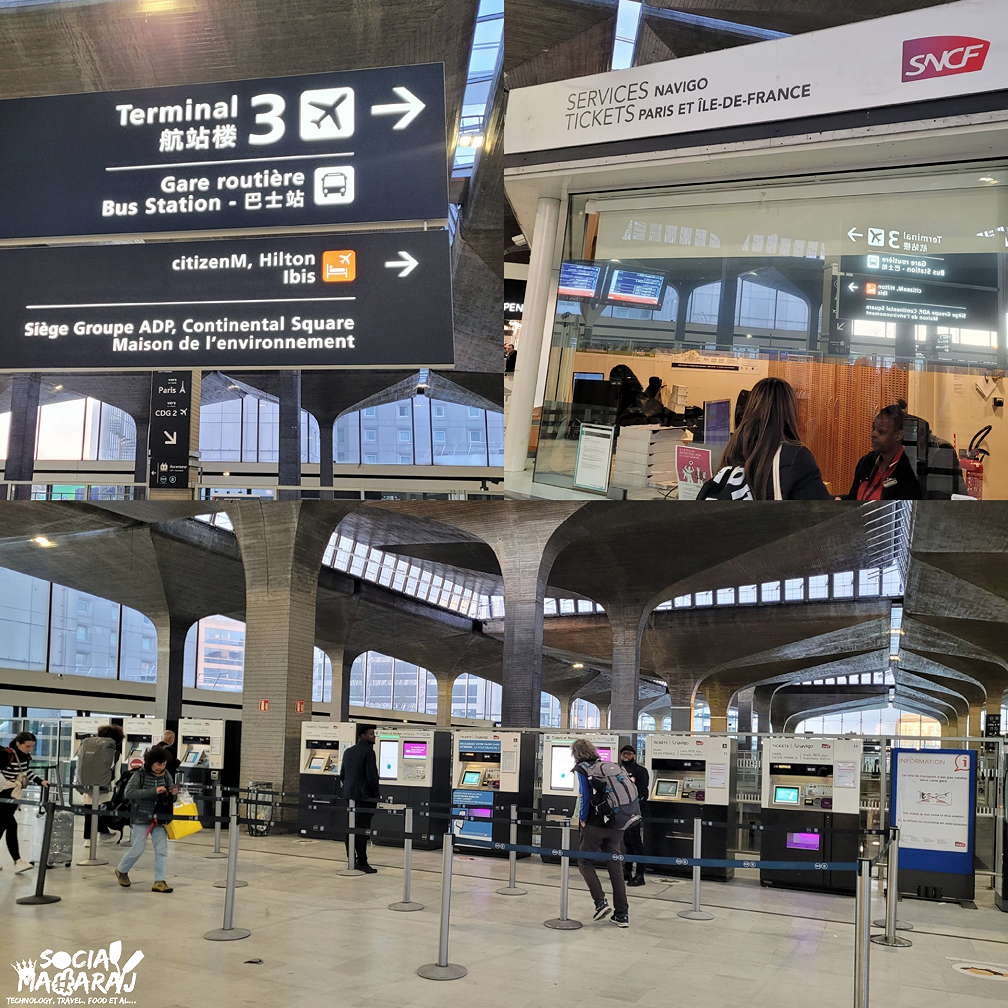One of the things that I always do before a trip is research, research and research. Whether it’s a dat commute to my favourite restaurant in Hyderabad to whether it’s a 4-day trip to New York, there’s always thorough research that I do. So when I was heading to attend KubeCon Paris earlier this year, my research had started well ahead of time. From downloading Duolingo to brush up my French to understanding Paris Metro so that I can use it during my stay.
I’ve written extensively about local commutes in different cities. I’ve comprehensive metro guides for Chicago, Subway Guide for New York and even a Mumbai local guide. So when I was in Paris, I knew that the metro was going to be my default mode of transport.
This blog post is your complete Paris metro guide that you can refer to before planning your next Paris trip.
Paris Metro Guide – 101
Unlike the complicated New York Subway, I found the Paris metro system to be easier to understand once you get a hang of it. The entire transportation system is divided into different zones depending on their distance from the city centre. If you’re travelling solo or are light on luggage, I strongly recommend using the Paris transport system to commute around the city. Luckily most of the important tourist attractions are covered by metro which makes it easily accessible.
Further, the transportation system in Paris includes metros, trams and buses. They have a special train service called the RER which connects far-off regions to major stations in Paris.
The popular train stations in Paris are Gare du Nord, Gare De Lyon, Gare de l’Est, and Gare de Montparnasse. If you want to take trains to other countries in Europe, the high-speed trains, you’ll take one from either of these most likely. I’ll talk more about the Europe train service in future blog posts as I took trains from France to Switzerland and Italy.
There are 13 train services including RER which provide inter-city connectivity, 14 metro lines that connect various parts of the city and 14 tram lines. So the Paris transport system is quite extensive, but if you know where you want to go and do research it’s easier and more convenient.
Most of the RERs, metros and tram services operate from 5:30 in the morning to past midnight. The earliest one that I took was the 6 AM one and the last I took was the 11:30 PM one and the rush was minimal.
Paris Metro Zones
No Paris metro guide is complete without explaining the various zones in the city. Zone 1 is central Paris and Zone 5 includes the outer suburbs. I’ve tried to present the information in a crisp way along with various important attractions in each zone that’ll make your life easier.
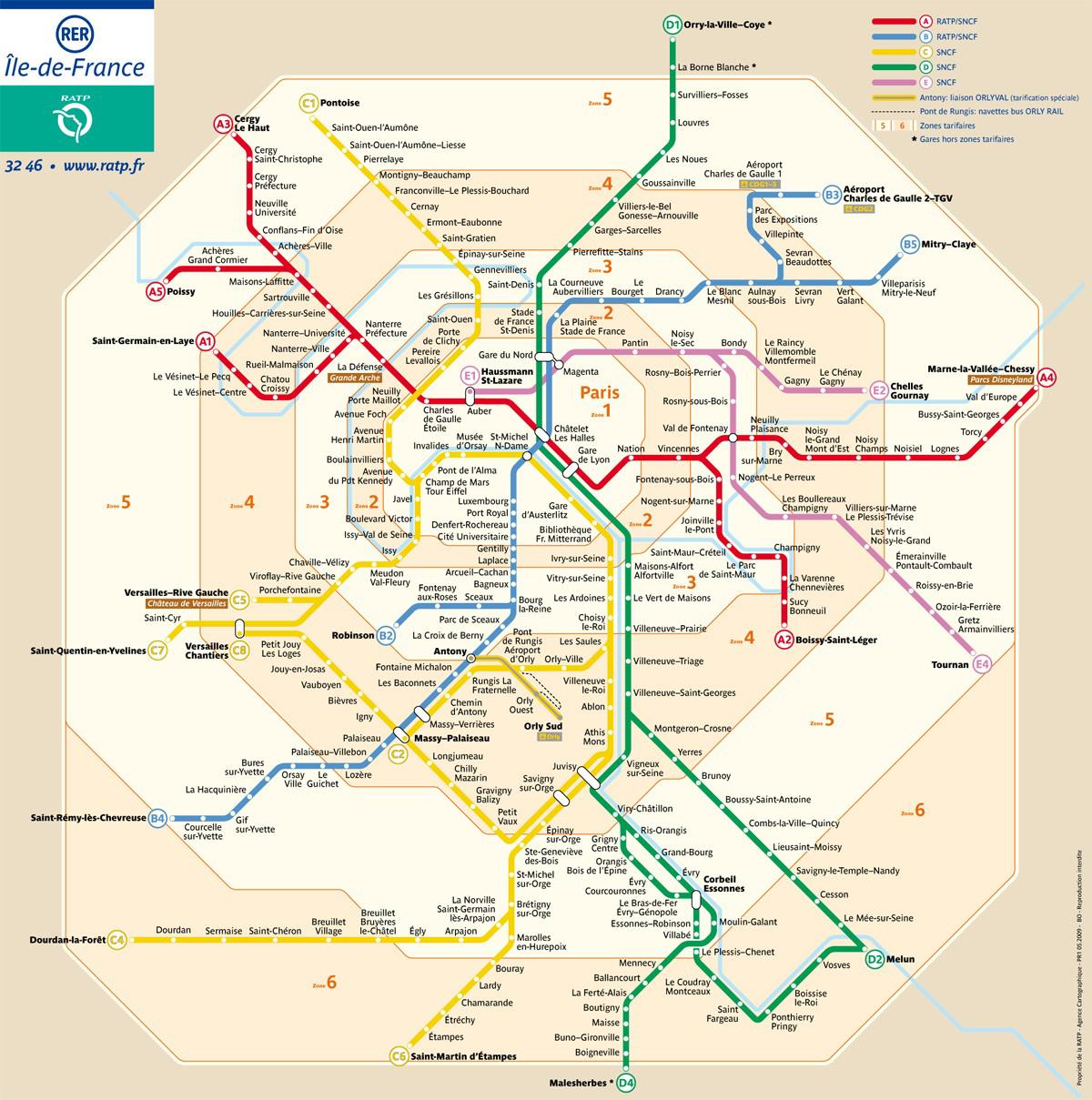
Zone 1
This zone covers the central part and includes the heart of Paris, with its iconic landmarks, world-class museums, and bustling shopping districts. It’s the most densely serviced area by the metro system.
Notable attractions:
- Eiffel Tower – nearest stations Bir-Hakeim or Trocadér
- Louvre Museum – nearest station Palais Royal-Musée du Louvre
- Notre-Dame Cathedral – nearest stations Saint-Michel or Cité
- Champs-Élysées – nearest stations Charles de Gaulle-Étoile or Franklin D. Roosevelt
- Montmartre – nearest stations Anvers or Abbesses
Zone 2
This zone covers the inner ring of suburbs from 12th to 20th Arrondissements (neighbourhood in French) This offers a mix of residential areas and hidden gems, including beautiful parks and historic cemeteries.
Notable attractions:
- Père Lachaise Cemetery – nearest station Père Lachaise
- Bois de Boulogne – nearest station Porte Dauphine
- Roland Garros Stadium – nearest station Porte d’Auteuil
- Catacombs – nearest station Denfert-Rochereau
Zone 3
This zone includes the outer ring of suburbs, including towns like Saint-Denis, Montreuil, and Ivry-sur-Seine. It also marks the transition to the suburbs, with fewer metro connections but good RER and bus services. It’s home to some important historical sites and sports venues.
Notable attractions:
- Château de Vincennes – nearest station Château de Vincennes
- Stade de France – nearest station Saint-Denis-Porte de Paris
- Parc des Princes (PSG stadium) – nearest station Porte de Saint-Cloud
Zone 4
This zone includes further suburbs, including towns like Versailles, Saint-Germain-en-Laye, and Orly Airport. Primarily residential, this zone is less frequented by tourists but includes the famous Palace of Versailles. It’s mainly served by RER trains and buses.
Notable Attractions:
- Palace of Versailles – nearest station Versailles Château Rive Gauche RER
Zone 5
The furthest zone from central Paris, it’s less densely populated but includes major attractions like Disneyland. It’s primarily accessible by RER trains.
Notable Attractions:
- Charles de Gaulle Airport (CDG) – nearest stations Charles de Gaulle Airport 1 and 2 RER
- Disneyland – nearest station Marne-la-Vallée-Chessy
Trams in Paris
Paris also has an extensive Tram system that connects metro stations to further outer areas of Paris. For instance, KubeCon Paris was held at Paris Expo Porte de Versailles which is connected by tram and not metro. There are 11 tram lines from T1 to T11. Notable lines are T2 and T3 which connects a lot of suburbs.
Paris Metro Tickets and Passes
Just like the New York Subway and Chicago Metro, the Paris Metro service also offers multiple ticket and pass options. You can purchase a single ticket, a book to tickets, a discount weekly unlimited pass or a monthly pass depending on your requirements. Note that the passes are based on your zone usage and hence choose one based on which zones you’ll travel the post.
Do check out the Ile de France mobilities website for the latest information on the ticket fares and passes. Below are the various tickets and prices that you can purchase depending on your needs.
- Single Tickets:
- Valid for one journey within Paris (Zones 1-2) on metro, RER within Paris, bus, or tram – €1.73/trip
- Can be purchased individually or in books of 10 (carnet)
- Valid for 1.5 hours for metro and RER, 1.5 hours for bus and tram (including transfers)
- Day Passes:
- Mobilis: unlimited travel within chosen zones for one day on all modes of transport – €20.60/day
- Paris Visite: unlimited travel for 1-5 days, includes discounts on attractions
- Weekly and Monthly Passes:
- Navigo: unlimited travel within chosen zones on all modes of transport – €30.75/week or €86.40/month
- Available for residents and long-term visitors
- Note: this pass is valid from Monday to Sunday and not 7 days. So if you purchase the pass on Friday, it will be valid only for 3 days.
- Airport Transfer Tickets:
- Special tickets for travel between airports and central Paris – pricing varies depending on the station.
- Valid on RER and certain bus lines serving the airports
There are vending machines at most stations to purchase paper-based tickets. But I’ve heard from people and seen YouTube videos that if the tickets are damaged, it’s difficult to exit the station as the systems don’t recognise them. The best way is to install the Navigo app, purchase the tickets/passes on the app, enable NFC and use them at the entry and exit points – this is the most convenient way. I opted for the physical Navigo card because I collect meter cards.
Further, in my case, since I was going to spend just one a week in Paris, I purchased the Navigo Weekly Unlimited Pass that allowed me unlimited travel across all zones in metros, RERs, buses and trams. So my total spend on commute was only €30.75 which I feel I utilised to the fullest. Only on my return to India, I had to purchase the airport ticket for €11.80 as it was beyond the week and my pass had expired.
Getting From Paris Airport To The City
One of the major concerns for anyone arriving at CDG airport is how to get to the city centre from the airport? This Paris Metro guide covers this also. Cabs are always an option, there are Ubers and G7 which are the most popular and recommended ones. However, these can be expensive, anywhere upwards of 50 euros depending on where you want to go. If you’re travelling with family and have lots of luggage, then only I’ll suggest taking cabs.
The easiest and most economical way to get to the city from Paris airport is the RER and the metro. As you now know, the airport is in Zone 5 where most RER trains function. So you need to take an RER from the airport to one of the central stations and from there you can take a metro to wherever you want to head to.
When you arrive at the airport, take the Free CDGVAL shuttle which will take you to the RER station. This automated train service is marked well near the exits of the station. The walk isn’t too much, especially if you compare it with the Chicago T5, this is nothing. Take the shuttle and in about 8 minutes you’ll reach the CDG RER station.
Once at the station, there are lots of self-service vending machines where you can buy RER tickets and passes. There are people at the vending machines to help you, and all of them understand English well, just ask them “Parle vous Anglais?” (Do you speak in English) and go on if you need any help.
There’s also a ticket counter where you can talk to a person and buy a pass. Long-duration passes aren’t available at the vending machines, hence if you’re planning to get one of the Navigo passes, head to the counter to purchase them.
A single one-way ticket from CDG station to Gare Du Nord is €11.80. The same is true for return as well. If you purchase the Navigo Weekly Unlimited pass you don’t need to purchase this ticket as the ride is included in your pass.
Summary
After zipping around Paris for a week, I can tell you the public transport system here is a real lifesaver! Hence I wanted to write this Paris Metro guide based on my experience and help you plan your travel to navigate Paris like a pro. From the Metro to the RER and even the trams, I’ve tried it all. Trust me, it’s the best way to explore this beautiful city. The five-zone system seemed complicated at first, but I got the hang of it quickly. I found the Navigo weekly pass super handy for unlimited rides.
The Metro runs frequently from early morning till past midnight, and when I stayed out late, the night metros were there to save the day. Whether you’re an art lover, a history buff, or just here for the croissants, Paris’s transit system has got you covered. It’s not just about getting from A to B – it’s part of the Paris experience!
Feel free to reach out to me for any assistance. Drop your thoughts in the comments below, tweet to me at @Atulmaharaj, DM on Atulmaharaj on Instagram, or Get In Touch.
 SocialMaharaj Technology, Travel, Food et al
SocialMaharaj Technology, Travel, Food et al



